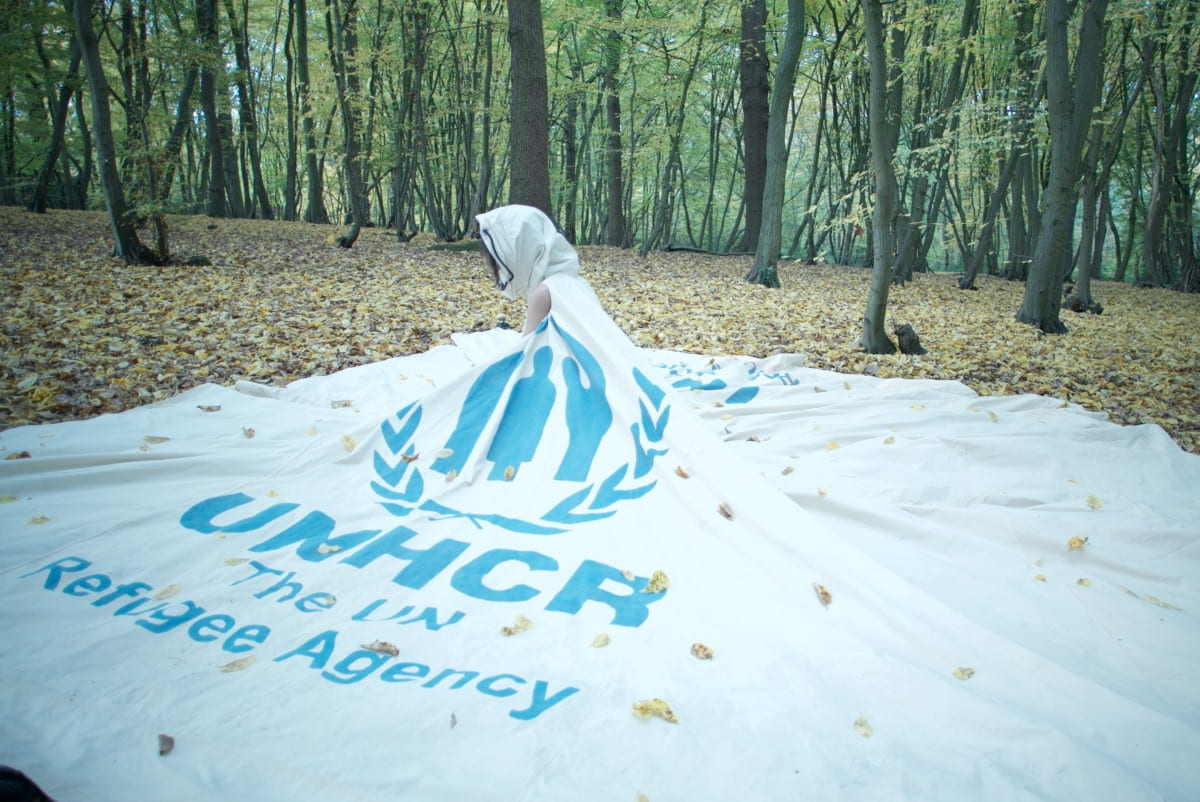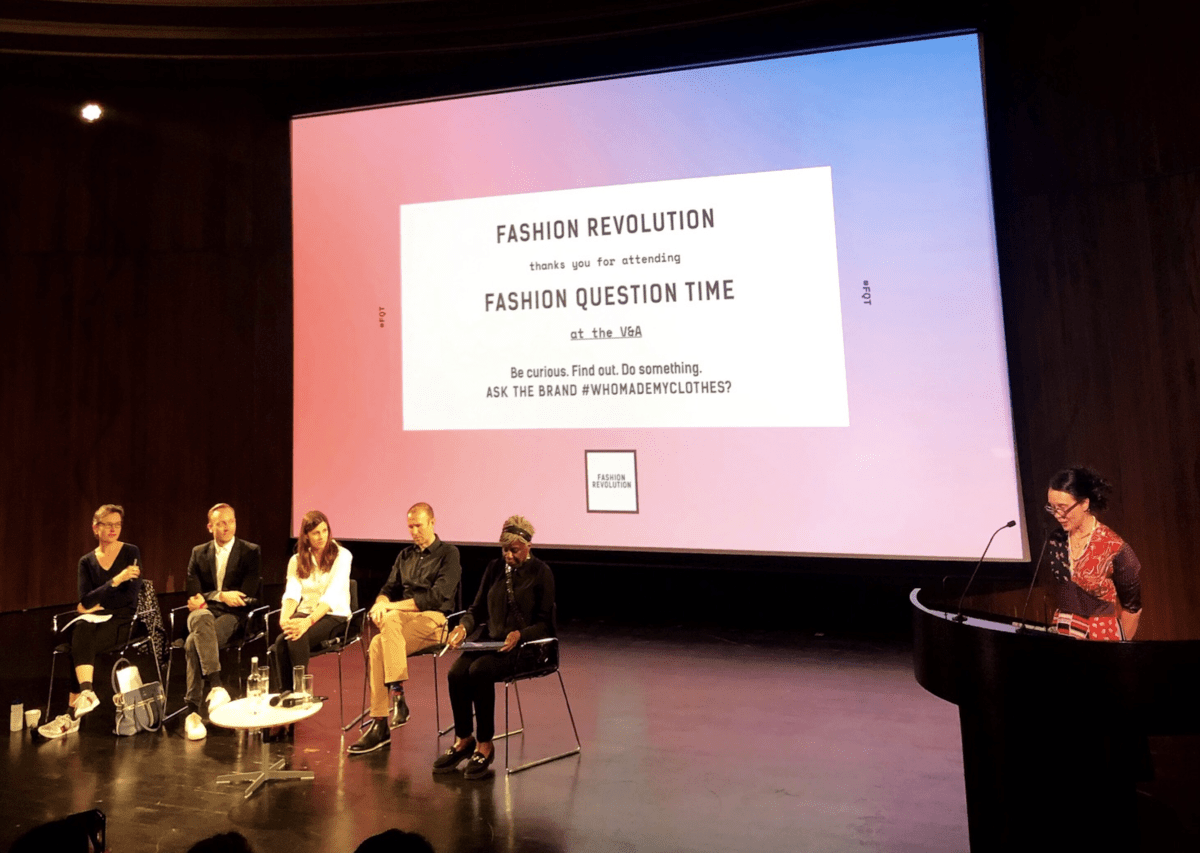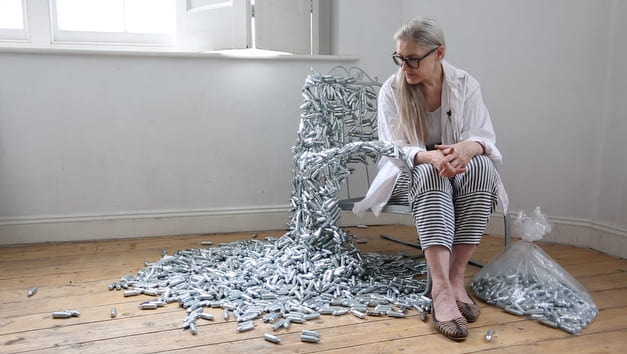Olivia Ahmad is the curator at the House of Illustration, and the co-curator, along with Paul Gravett, of the exhibition, Comix Creatrix: 100 Women Making Comics, which seeks to highlight the female contribution to the history of comic artwork. I was struck by the link between fashion and comic illustration – both are seen as “light” subjects compared to fine art, and both have a long history of female influence. I was so impressed with the exhibition, I wanted to find out more about the woman behind it. Olivia kindly agreed to answer a few of my questions about her role at House of Illustration and her inspiration behind the exhibition. Thank you Olivia!
Why illustration? Where does your expertise in illustration originate from?
I graduated from Cambridge School of Art in 2008 with a BA in illustration-it was a practice-based degree and I mostly produced small editions of books by making prints and binding them by hand. As well as studio time, the course had a lecture programme which included the history of graphic arts, as well as talks on contemporary practice from illustrators working in different fields. From quite early on I found these lectures the most inspiring part of the course-eventually I preferred learning about other people’s illustration to doing it myself!

© Laura Callaghan
How did you become the curator of the HOI?
When I was making books I became really interested in museum collections-I looked to them as sources of narrative. One object can be interpreted in so many ways, and I learned that museums and galleries aren’t neutral spaces-the way that they combine and present artwork constructs a particular view of a subject.
After I graduated I did a part-time MA in Museum Studies and at the same time did training in curatorial departments at a local authority museum service. After that I worked as an exhibitions curator in galleries and for a design festival, where I worked with ‘raw’ spaces as well as more formal ones. Mostly I worked with furniture, product design, and contemporary craft, but my interest in graphic arts persisted, and I worked on projects commissioning work from illustrators like Noma Bar, Matthew the Horse and Anthony Burrill.
I joined House of Illustration in 2014, just before it opened and now I’m responsible for its exhibitions programme and other projects like commissioning and residencies.

HOI exhibitions seem to have interesting subjects, which are also still very relatable to the general public. What are the advantages of working with such a young gallery and how do you manage that balance of edgy subject/public appeal?
For many people, reading an illustrated book is their first experience of visual arts, and as adults most of us see illustration daily in different forms. In addition, illustrators are most often trying to communicate something specific to the people who see their work, so I think that illustration is an inherently accessible form. Many people also have a personal connection with it that is forged at childhood, which is a good base to build on!
The gallery is young, and I think the practice of exhibiting illustration is too; there aren’t any rules, which is very liberating! It also means that there are many collections and archives that haven’t been explored and contemporary illustrators who haven’t considered a gallery space as one for their work before-so there are lots of opportunities to present new things to the public.
House of Illustration has three distinct galleries, and we have a diverse range of exhibitions on at any one time so that we articulate what a dynamic form it is. It also means that we can set more challenging content against things we might expect to have broad appeal. Sometimes we have two exhibitions that are in dialogue with each other; last year we had an exhibition of work by Mac Conner, an illustrator who worked in New York the 1950s and created images of an idealised American way of life for magazines-at the same time we had a show of work we commissioned from contemporary illustrator Hattie Stewart, whose work is an irreverent comment on the aspirational images of today.
What we try and do with all our exhibitions is reveal something new, even when we are showing an illustrator who is very well known. For example, our last major show was about E.H. Shepard, an illustrator famous for his work on Winnie-the-Pooh and The Wind in the Willows-we exhibited his work from the First World War, which was previously unknown. Even an iconic book like Roald Dahl’s The BFG has secrets-later this year we will be showing Quentin Blake’s first illustrations for the book, which were never published.

What are you trying to showcase or what is the message you are trying to get across in your exhibition Comix Creatrix?
Comix Creatrix is an exhibition I co-curated with writer and historian Paul Gravett; it shows the work of 100 women comic artists, mostly pieces that were produced in the last 15 years or so, but also recognising early pioneers of the form (the earliest piece is an etching by Mary Darly from 1759!).
Women have been an integral part of the comics field since the 18th century, but there is a popular idea that comics are made by and for men, or that when women do create comics they are always about “feminine” subjects. Paul and I wanted to explode these myths! We have 18th and 19th century pieces, as well as 20th century works like Tove Jansson’s Moomin comic strips and 1940s gothic horror by Lily Renée. There is also a section on the Underground comix of the 1970s, and the work by women including Trina Robbins, Nicola Lane and Aline Kominsky that explored ‘taboo’ and adult themes. The contemporary work in the exhibition is grouped in thematic sections; science-fiction, fantasy, erotica, humour, non-ficiton and autobiography.
Paul and I wanted to feature both established and emerging creators in the show-so there are acclaimed artists like Posy Simmonds as well as recently published creators like Brigid Deacon. We wanted to show that the comics field is inclusive and constantly evolving.
Both fashion and comics are seen as “light” compared to fine art or literature, why do you think this is?
I think it might be because of how close they are to our everyday lives; everybody wears clothes and encounters illustration on a daily basis on posters, in magazines, when using apps and so on. But I think it’s this proximity that makes fashion and illustration interesting! We can decode a historic garment or illustration to find out so many things about culture, society and economics. Because both of these forms are widely understood, it’s possible for practitioners to appropriate the form and use recognised signs and symbols to make comment in a way that people can understand and relate to.

What do you think the relationship is between females and these so called “light” areas. What do women bring to them?
I think that perhaps women have been ‘allowed’ to engage in apparently ‘light’ activities for a longer time, and to be visible doing them. This has perhaps resulted in more participation over time and a more welcoming sector.
Women do so many different kinds of work and are as diverse in their approaches to things as their male counterparts of course, so I don’t think they bring a specific subject matter or aesthetic approach. Crucially, what they do is reflect their perspective on the world as they see it-however that may be. This representation of the view of women is really important!
Can you tell us about your next exhibition coming up?
We have just opened an exhibition called Shojo Manga: World of Japanese Girls’ Comics which is on tour from the International Manga Museum in Kyoto. In Japan there are different genres of manga (comics) that are aimed at different readerships. Girls’ comics (or Shojo) began in 1902 and were drawn exclusively by men until the 1960s. In the 1970s a new generation of dynamic women artists revolutionised the form by introducing new themes such as sexual identity, mental health and conspiracies. Our exhibition focuses on the work of three of these innovators; Akiko Hatsu, Keiko Takemiya and Yukiko Kai.
You have until 15th May to see the exhibition, for more info, tickets and events, see here. I can’t recommend it highly enough!




